Tailor Made Jingles
How about having a customized radio station or even an artist exclusive for your clients and employees, with tailored lyrics and music to your brand's positioning and values? Build an exclusive platform with original brand, artis, songs, perfectly suited to your brand's image and positioning. And the best part: replace copyright costs with revenue when your clients download your music.
All this is only possible with AI. So, invest in a complete ecosystem that will take your brand positioning to another level of engagement and relationship with clients, employees, and suppliers.
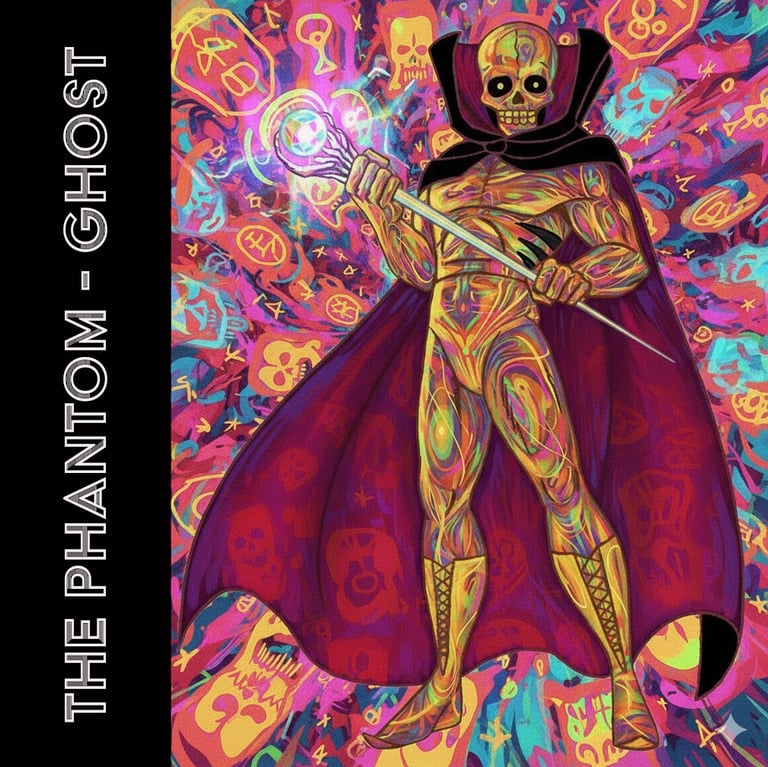



English or almost any language
Velorah is a manifesto for the return of good music. To achieve this, we created everything with AI: name, logo, visual identity, music. Only the lyrics are not entirely synthetic: they are generated totally or partially by us.
Click to listen
Portuguese of course
English is the universal language, but nothing beats Portuguese for talking about everyday life. So, we created another artist who blends fiction, AI, and creativity to create songs in our mother tongue.
Portfolio
35 years of hard work, an extensive portfolio of showcases. A wide variety of segments, types of cases, and scope. I enjoy getting my hands on and understanding what's being done. This generates knowledge not through osmosis or reports, but through a deep understanding of what's being produced.
Ah, with experience as both a consultant, client, and supplier, I have a broad view of the impact at each stage of the process. And I'm always motivated by a new challenge.
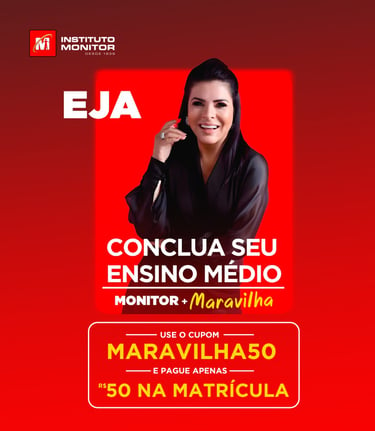

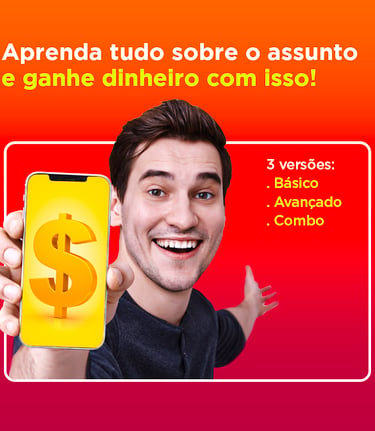



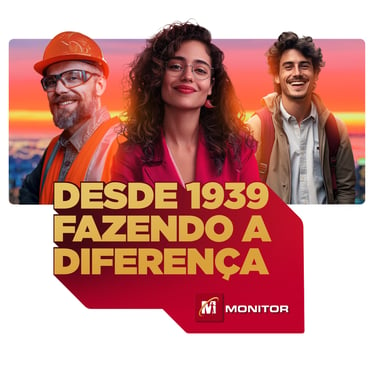



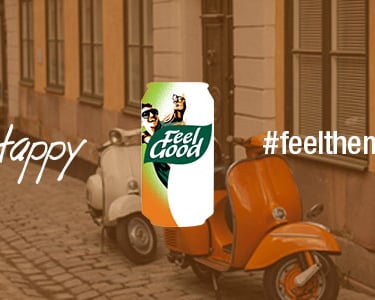
Recent Cases
Some of cases developed in the last 7 years
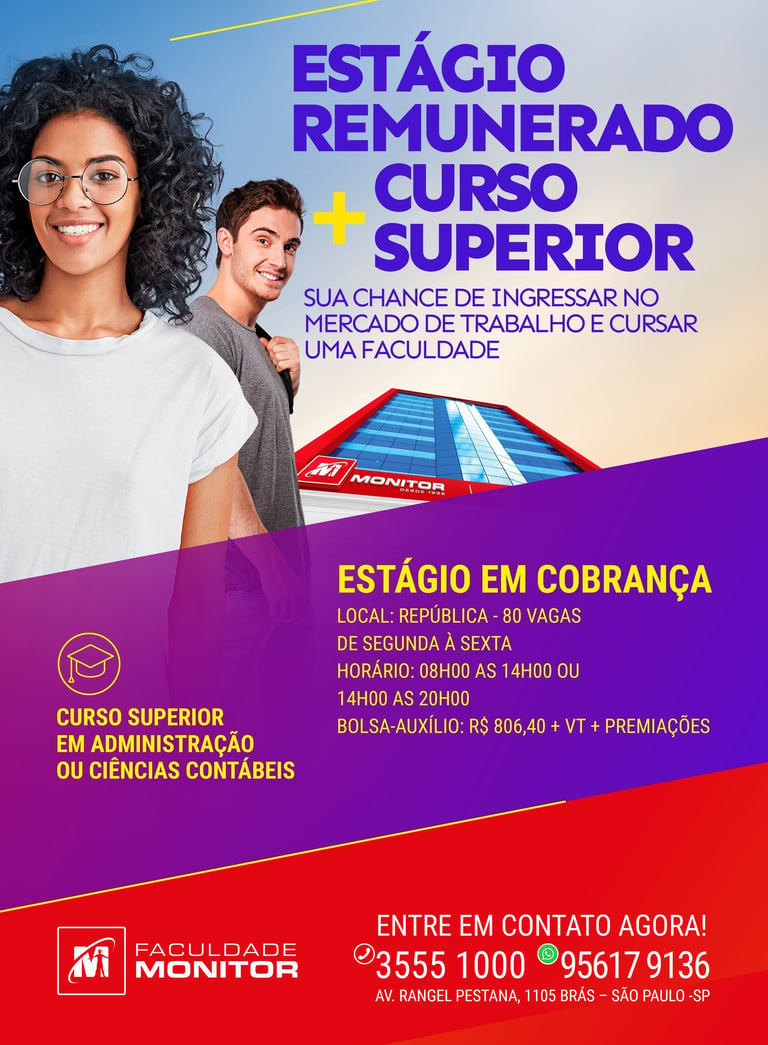

MONITOR COLLEGE CASE STUDY
How can we launch a college with no track record in the segment? How can we compete with major players at a time when the market is in deep crisis and the target audience has no motivation to study? How can we attract students with only two generic in-person courses in the middle of the Brás neighborhood?
These were the challenges when we launched Monitor College in 2018. With only unimpressive courses (Business Administration and Accounting), with daytime and evening classes, the mission was nearly impossible. So, we had to, first and foremost, build on the 80-year tradition of the Monitor Institute. But that alone wasn't enough to convince the target audience. So, we needed to find a positioning that wouldn't pit the brand against a competitive edge. This opportunity lay in targeting the mid-market, where there were increasingly fewer competitors. To achieve this, we set a tuition rate appropriate for this segment and created a campaign that would become a benchmark in the following years: College + Employment. Through telemarketing companies, students had the opportunity to pay for their studies with the salary they received from job opportunities offered by the College itself.
This resulted in a student acquisition cost below the market average and a tailored investment for the students' budgets.


PANDEMIC MONITOR
On March 22, 2020, when the pandemic was declared in Brazil, the Monitor Institute suffered its biggest setback yet: 55% of its revenue, which came from corporate sales, was seriously at risk, as client companies issued collective vacations and closed their offices during the period.
Furthermore, in a climate of uncertainty, retail sales were also seriously affected. Projections for April showed a 30% to 40% drop in sales compared to the previous projection. This was expected to repeat itself in the following months, leading to an unsustainable situation for the school.
My decision was to bring management back to reality: we were facing an unprecedented situation with no end in sight. So, we needed to take four measures simultaneously: ensure the school wouldn't close, ensure the school would remain open even when closed, find a way to revise the sales strategy to mitigate the overall impact, and try to turn the problem into an opportunity, since the school was an internet pioneer and needed to be prepared for the situation. The goal was to digitize the school's operations so it could continue operating normally with remote students and staff.
At the time, we sought management systems, especially sales and customer service, that could operate remotely, keeping both centers (enrollment and customer service) operational, which was permitted by the decrees in effect at the time (telemarketing centers could continue operating, subject to health guidelines). This allowed the school to remain open. We took advantage of this opportunity to redirect the corporate sales force to active segments and revised our goals to avoid demotivating the team.
We turned to Microsoft Education to provide a fully secure and controlled remote class and exam solution, and we implemented live streams for students, which reached 40,000 people simultaneously.
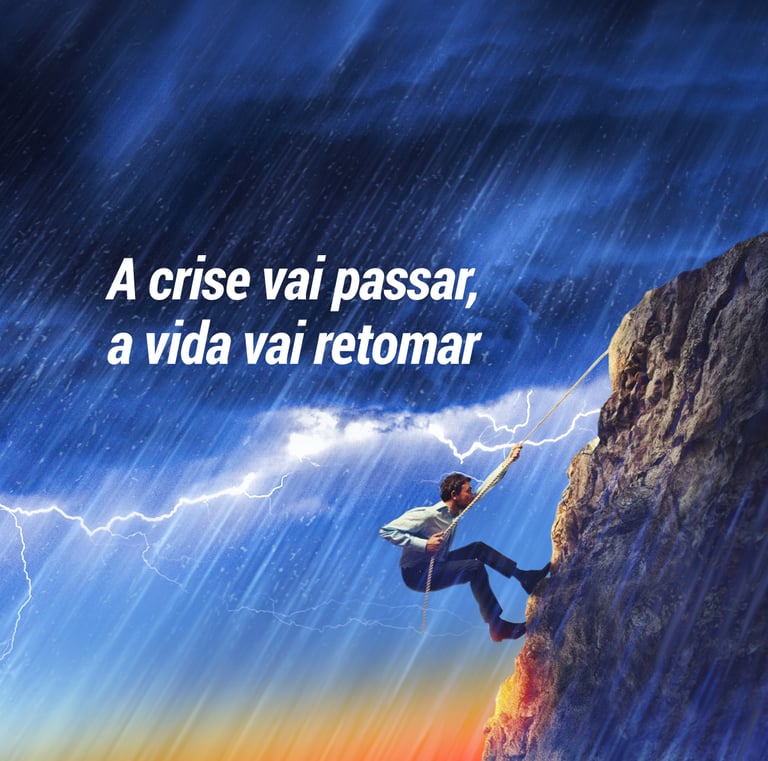

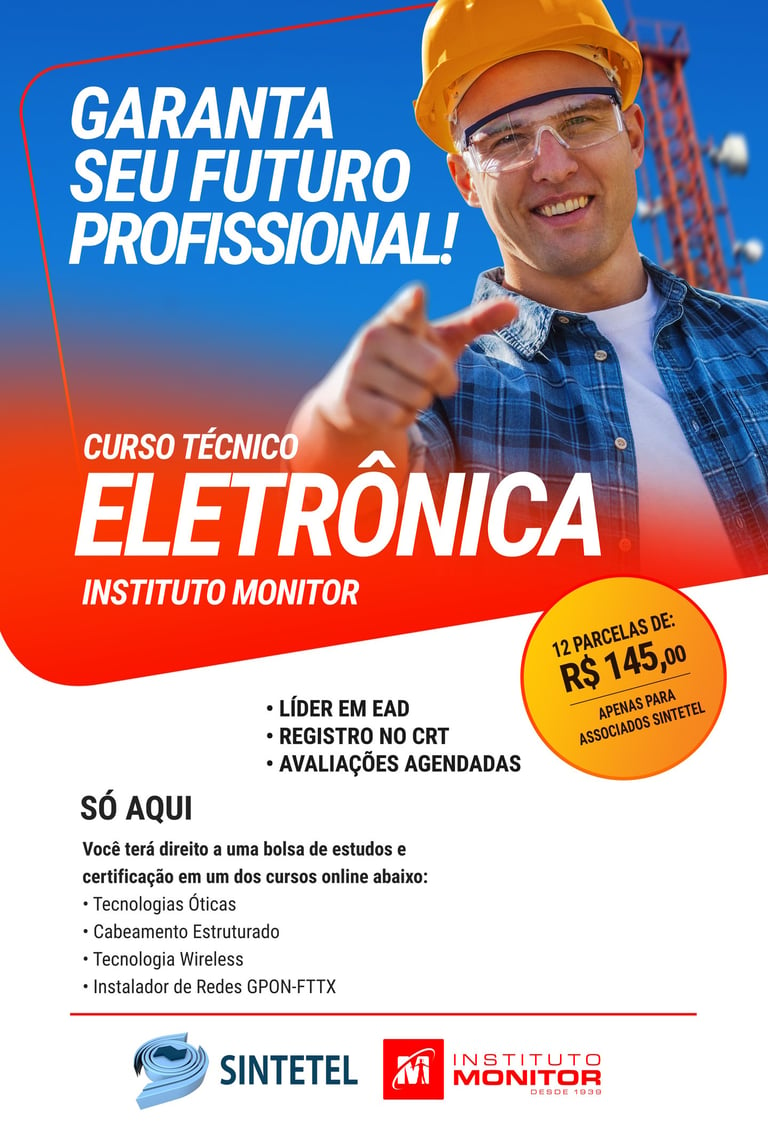

MONITOR MONITORING
Through a partnership with the Telecommunications Companies Union, Monitor attracted over 500 enrollments annually for the Electronics Technician program. It was a triangulation: special prices, payroll deductions, and exclusive benefits, provided the student joined the union.
The problem was that the students' training didn't even come close to meeting their goals. In addition to the natural dropout rate from distance learning, due to a feeling of compulsion to study, the dropout rate was very high.
The solution was student tutoring and live classes, which were then made available along with the rest of the course material. These measures led to a six-fold increase in the graduation rate and ensured the project's sustainability in subsequent years. But the difference didn't stop there: the school helped solve another problem companies faced in recruiting employees: labor lawsuits when they failed to hire candidates, despite providing free training courses. By outsourcing the selection process to the school, hiring at the end of the term became a predictable and efficient process.
In the most recent case, for one of the companies, by outsourcing hiring to us, the number of hires in Osasco and Cuiabá increased from 10% of the target to 95%.
Other important Cases
Some of most important projects I've worked on.
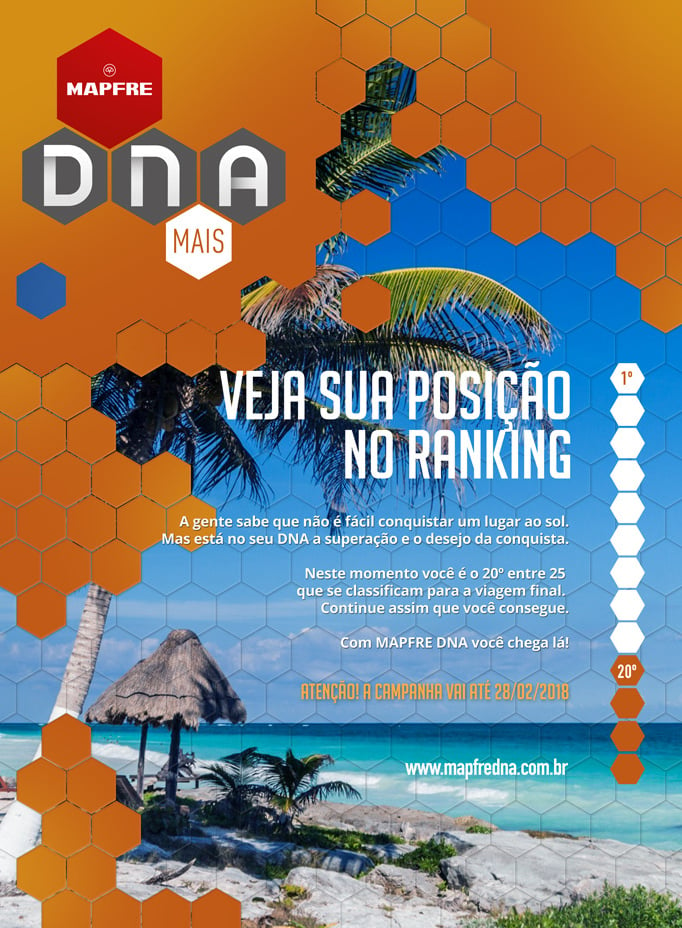

MAPFRE BROKER CAMPAIGN
This is a case of radical change in the company's operations that continues to this day. Upon taking over Vera Cruz Seguradora, MAPFRE commissioned a study of the broker base (ABC curve), which revealed an absurd concentration of power in the hands of a few brokers. More precisely, 95% of the company's revenue was in the hands of 30 brokers (out of a universe of 5,000). A radical change in operations was necessary, and the first strategy was to create an incentive campaign, something that had never been done before. As marketing manager at the time (I was an outsourced manager), I created a mechanism (with the support of a lawyer specializing in legislation) that balanced political interests, always present in this type of action, with commercial interests (which took a back seat). I began by transforming the ABC curve for brokers into a commercial plan, with reciprocity tailored to the partners' potential. The goal was to stimulate the broker base that produced little in the company but had enormous potential, in order to reduce the concentration of sales among the largest brokers. It was clear that there was a segment that was simply being ignored and that could change the game because it sold to other companies but not to MAPFRE.
From the commercial plan, we moved on to creating three campaign segments, to cover the three profiles: large brokers, mid-sized brokers (the majority of the market), and small brokers.
The entire campaign mechanics were based on investment sustainability; that is, the additional revenue generated by each segment should cover all investments. In the very first campaign, we chartered a large plane to take 350 brokers to Barcelona for a 7-day cruise around Europe. The result was a 200% increase in the active broker base and a 120% return on investment.
Beginning with the second campaign, we created a 25-to-1 return ratio, meaning the goal was to generate R$25 in additional revenue for every R$1 invested in the campaign. This remained the case until very recently, and the campaign continues to run, and I continued to manage the campaigns even though I was no longer an in-house consultant.
Over time, the ABC curve went from 95% of revenue in the hands of 30 brokers to 80% in the hands of 1,200 brokers, spreading the risk.
In the last campaign I planned, I introduced the MAPFRE DNA concept, which represented the unique and differentiated way of doing business for the company and its partners. This theme became a standard theme in campaigns, and throughout my involvement, I realized that there was a fifth broker segment that wasn't being considered and that would sustain the entire investment made (across all the other four segments): 3,000 brokers without significant production, who would generate sufficient funds with an average 25% increase in production. At the end of the campaign, this segment grew 60%, making it the most profitable campaign of all.

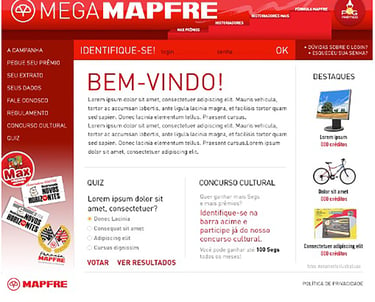
MAPFRE SALES CAMPAIGN
Following the success of the Broker Campaign, I identified the need to work with Brokers' salespeople. The reason was simple: with mid-sized partners, the insurance company's decision-making was in the hands of the salesperson, not the owner.
We then created the MAPFRE Sales Club, the first campaign to use prepaid debit cards in the country. It was an immediate success, helping MAPFRE expand its base of active brokers and expand sales of products beyond Auto Insurance.
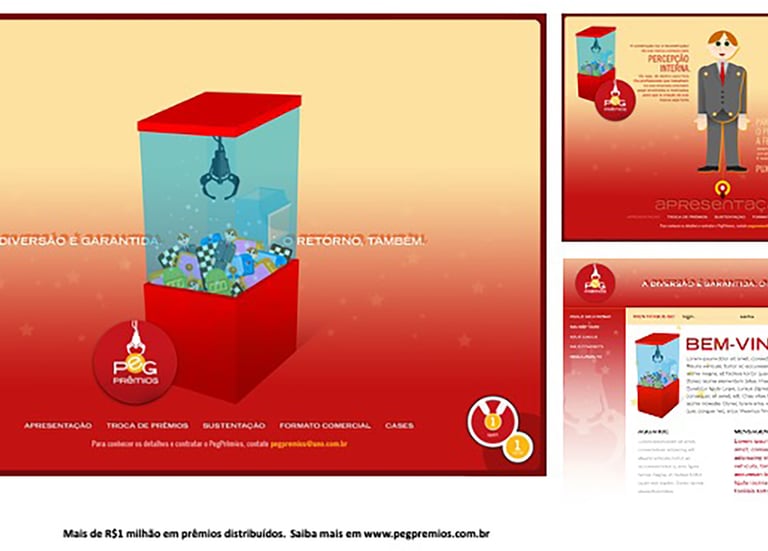

PEG-PRÊMIOS
Having been familiar with sales and incentive campaigns since 1992, I knew there wasn't a single decent player at the time (2003). Some retail websites offered customized versions for companies, but besides offering very poor customization and offering no incentives, they consistently maintained the same catalog, leaving no room for choice. The result was that incentive campaigns were either completely analog, with printed prize catalogs, or digitally, with no appeal whatsoever. The problem with printed catalogs was not only their extremely high cost, but also their lack of scale for campaigns with large numbers of participants.
That's when I decided to create a specific tool for this, called Peg-Prêmios. It consisted of three parts: a web interface that was easy to customize for any client, a fully automated, real-time points and prize tracking system, and a catalog that was completely customizable for each campaign and cost-effective.
The first campaign was for Epson, in the printer segment. The goal was to encourage salespeople from large distributors to sell more printers at a time when other companies were offering high-value prizes (trips to the World Cup in Germany, 42-inch plasma TVs, etc.). Epson didn't have the budget to compete with these prizes, but that wasn't a problem. We created a World Cup-themed campaign using sticker albums featuring the teams and printers. This was done without conflicting copyrights, but rather took advantage of the context, with the album acting as the control and promotional material for the mechanics. The campaign was customized for each reseller; that is, the prize calculation was proportional to each team's sales goals, ensuring sustainability. The mechanism was simple: for each sales goal reached, the participating salesperson received a pack of three stickers, one of which was awarded a prize (there was an algorithm that was to be displayed on the website). Because the goal was individualized, everyone was able to complete the album, increasing the campaign's reach. Once participants received their pack, they picked up the winning sticker and went to the campaign website, where they had registered, to find out their prize. The system randomly selected the prize from the stock already allocated for that code. The system's control was such that some participants tried to use the same code more than once (unsuccessfully, as the system only awarded one prize per code), and we were able to determine how many times this had been done. The client could track each team's performance directly through the online dashboard, which displayed the participants, their scores, prizes won, and their progress toward the goal.
When participants chose a physical prize (there were some digital ones), a custom logistics system selected the prize from the best seller and delivered it to the participant, issuing a receipt to the client.
Peg-Prêmios was a success for 10 years (it only stopped because the agency ceased to exist) and distributed over R$1 million in prizes.
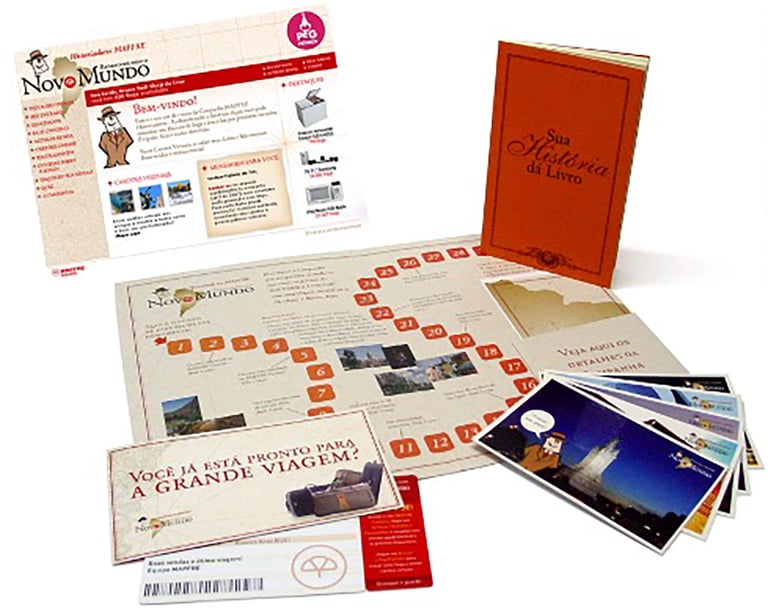

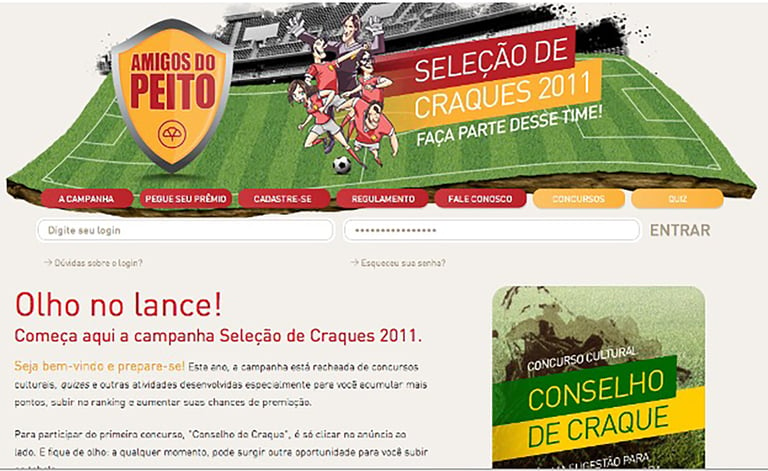

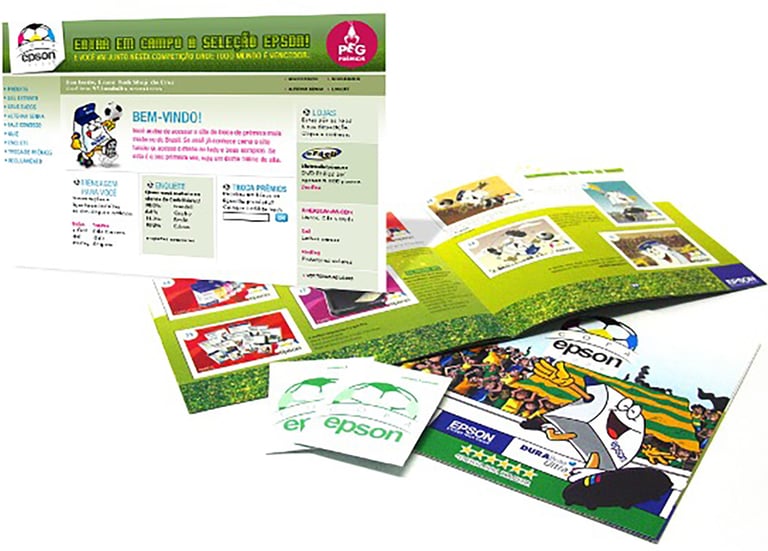

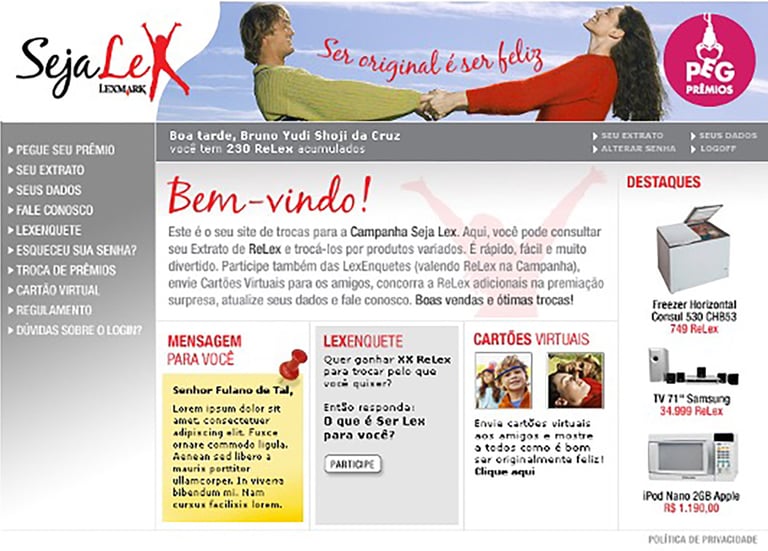

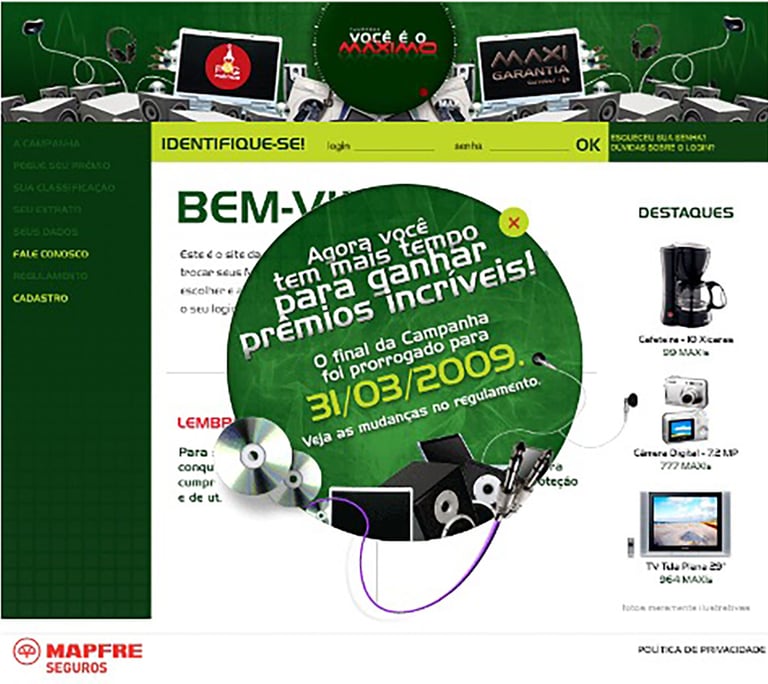

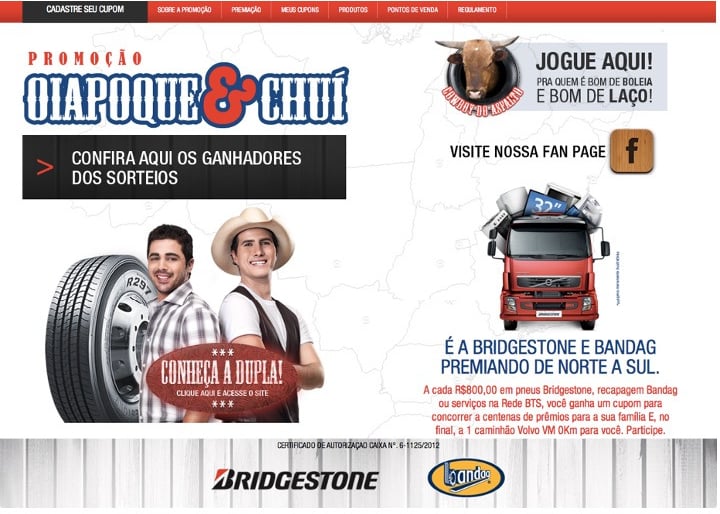

BRIDGESTONE TRUCKERS CAMPAIGN
Bridgestone wanted to strengthen its relationship with truckers across Brazil through a sales campaign. The problem was that the company had no tradition in this format and, despite its investments, competed with other players with larger budgets.
The solution was to create a campaign with an innovative context: we created a country music duo, modeled after the target audience. We chose professional singers, without any notable presence, but with a history linked to truck drivers. To top it off, the duo was named Oiapoque & Chuí, a direct reference to the routes across Brazil.
First, we launched the duo and released the song created especially for the campaign, addressing the challenges faced by truckers. With a well-produced and memorable song, we launched the campaign with the duo as the theme. The package was complete: social media, a YouTube channel, and radio play.
This facilitated penetration and adoption. From there, we created a series of public touchpoints, including roadside signs, gas station checkpoints, radio, YouTube, social media, online media, organic search, and a dedicated website.
This led the campaign to reach 140% of its established target, which was considered nearly unattainable.
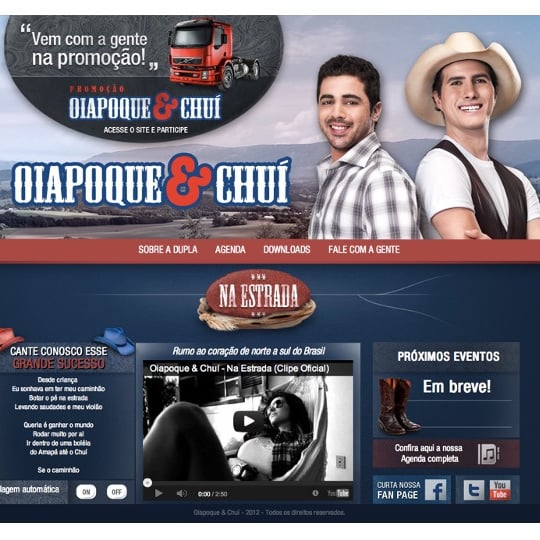

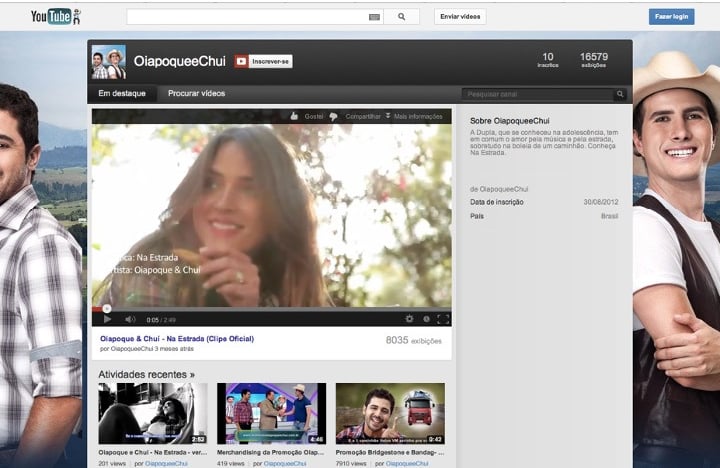

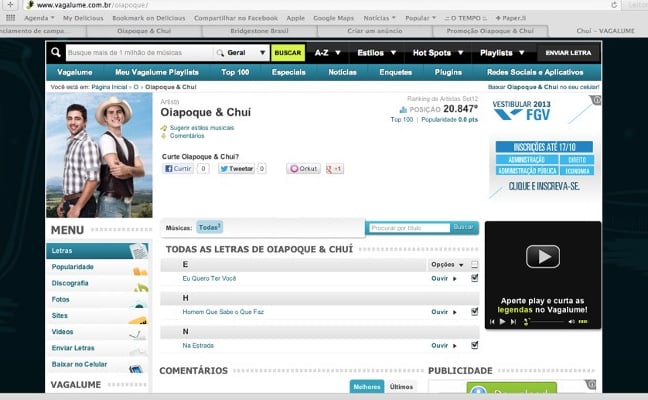


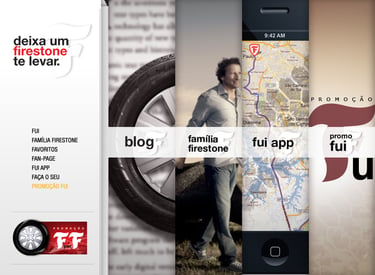
FIRESTONE CONSUMER CAMPAIGN
Firestone, after being acquired by Bridestone, had been out of the spotlight for years. Many thought the company had folded after the Ford Explorer scandal.
Firestone wanted to make a grand comeback, reinforcing its pioneering spirit while also appealing to a younger audience.
In addition to creating a complete package, including a jingle, TV spot, website, magazine campaign, social media campaign, and online media, the campaign needed a strong theme that was relevant to the target audience, as the investment was significantly lower than that of its competitors. The campaign then adopted the F for Firestone as its central theme and the concept "Let a Firestone Take You Away," a reference to the Zeca Pagodinho song and the idea of reliability. The theme evoked a trust that didn't need to be explained, but which made everything easier and more interesting.



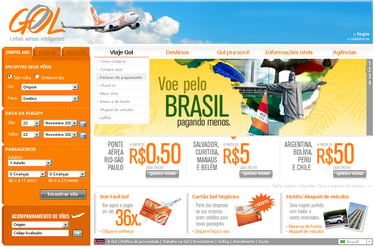
FLY GOL MULTIPLE CHOICE
Gol was recognized for its low prices and simplified booking process. However, this low-cost concept was a straight jacket at a time when the competition was facing difficulties. The decision was simple: offer booking options on the website, which had never been designed for this purpose.
Since these options were new in Brazil, it was necessary to create intuitive and easy-to-understand navigation. The matrix tab model solved the problem and became a market benchmark at the time. All this was developed in record time and without compromising sales.
Besides that, we make a lot of cases for Gol: we created Gollog Website, Gol Checkin App, hundreds of campaigns, all websites development for 6 years, each strategy during the time, darksite, ticket app etc.
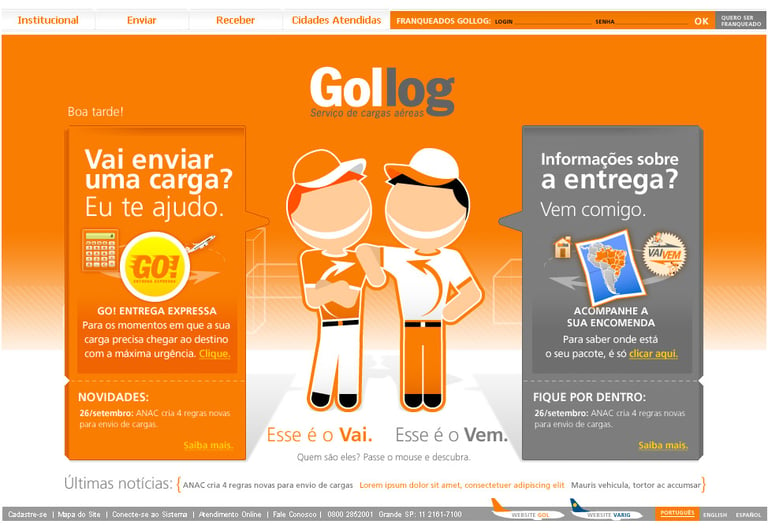

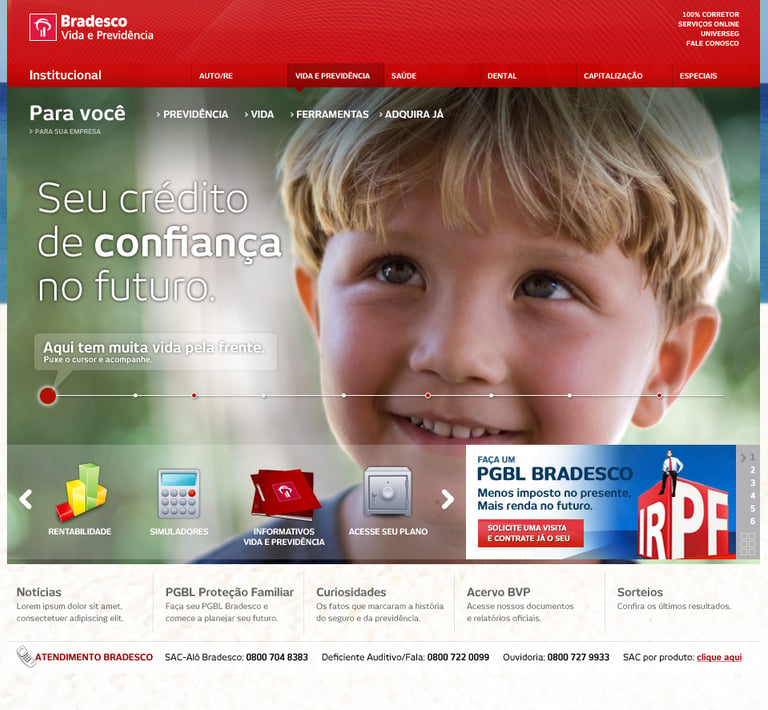

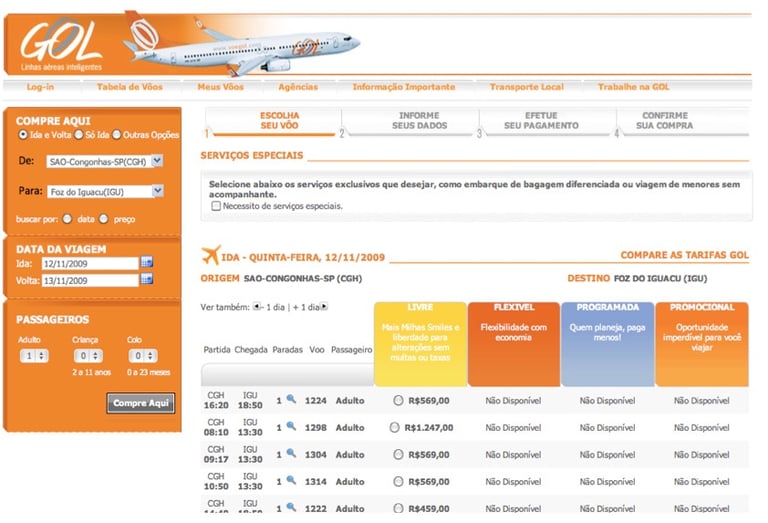

BRADESCO LIFE AND PENSION SIMULATORS
Bradesco Life and Pensions wanted to redesign its website to mark the company's anniversary and wanted to innovate, focusing on creating a humanized navigation, focused on life and pension product simulators. A detail: the mechanism for these simulators was undocumented, and no one at the bank had the code.
To accomplish this mission, in addition to creating a concept that supported the promise, we needed to reverse engineer the mechanism, which we accomplished, not without effort.
We then created a lifeline concept: everything on the website was guided by people's lifelines, and the simulators were essentially a visual (actually, multimedia) planning system that displayed options and benefits based on the user's decisions.
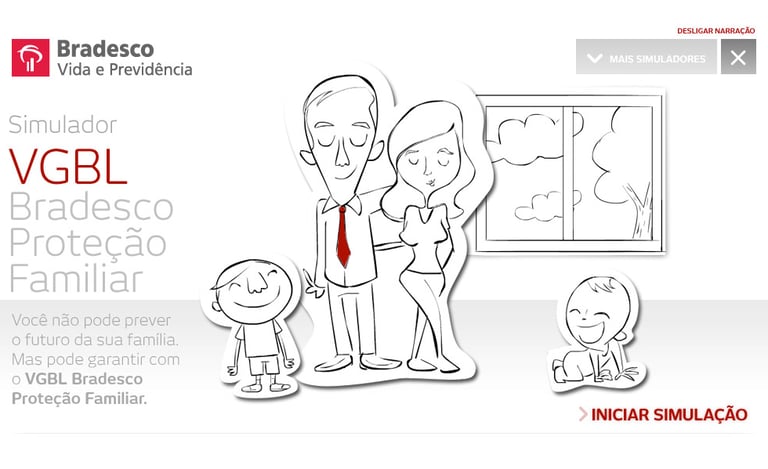

SOME MORE CASES
Natura, as a pioneer in sustainability, wanted to encourage the use of refills among its audience, especially younger audiences. We created a desktop game (cell phones weren't even smartphones at the time) that worked similarly to Caixa de Jóias, a very successful game at the time. The objective was simple: the more refills selected per full pack, the more products were eliminated, and the faster the game's landscape (initially a barren field) would recover vegetation.
5,000 players registered in the first month of the campaign.
I was directly responsible for planning the campaign, choosing the game mechanism (and the reference to the jewelry box), the rules, and hiring Banana Games, which was responsible for the record-breaking development (3 weeks).
Natura Ekos Refil
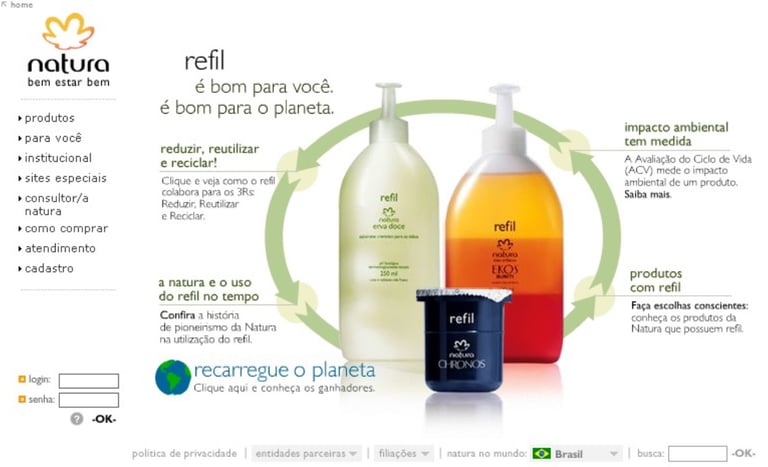



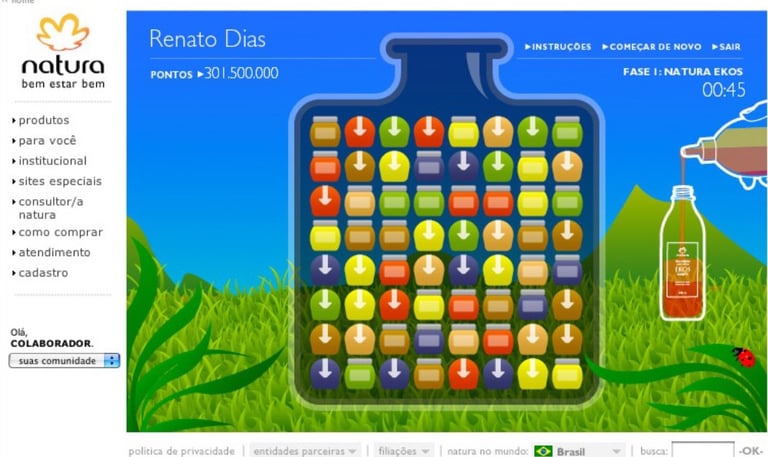

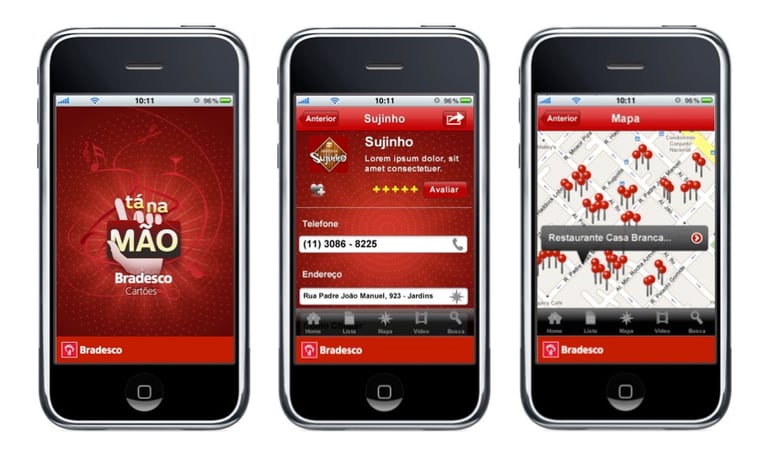

BRADESCO ON MY HAND APP
We developed an app for Bradesco Cartões that remains groundbreaking to this day. The app's goal was to encourage card use through offers and augmented reality. Augmented reality displayed partner stores on a 3D map of the surrounding area, and the key differentiator was virtual scratch-off promotions, which allowed for unique discounts, including surprises.
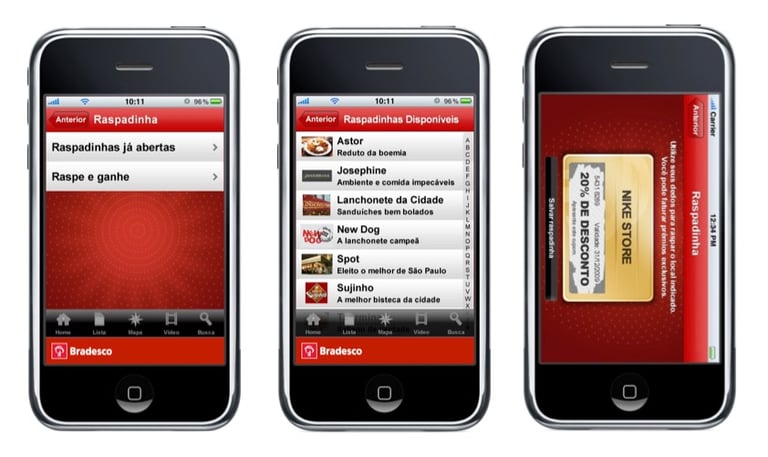

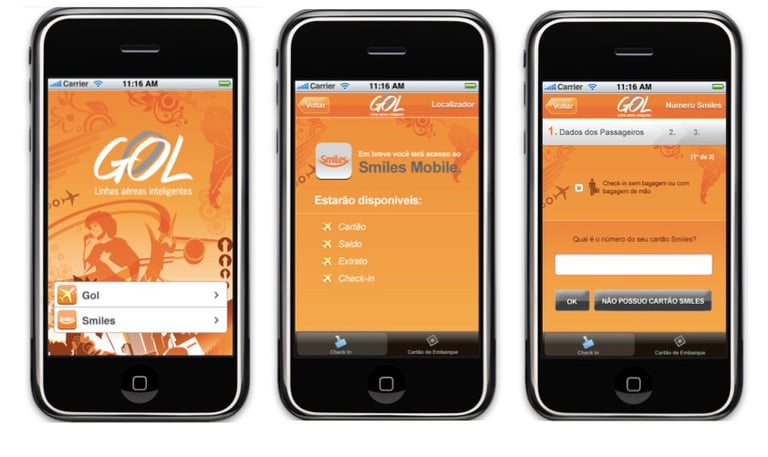

CHECK-IN MOBILE FLY GOL
For Gol, we created the entire mobile check-in system right at the beginning of iPhone use, simplifying the passenger boarding process. It was a pioneering initiative, ahead of the competition.
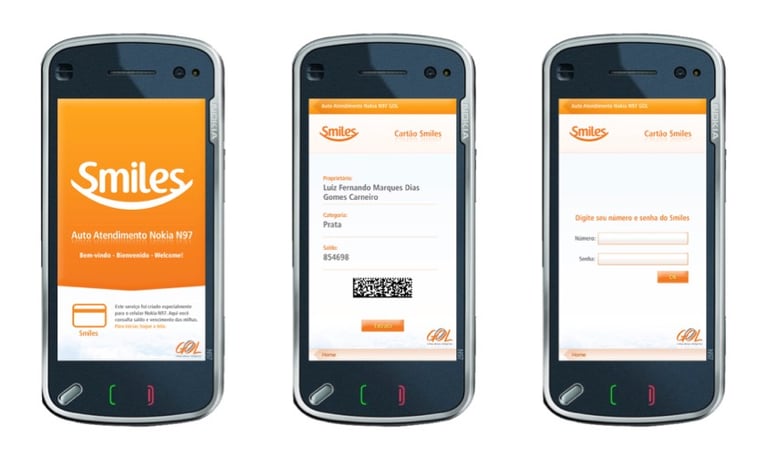

TELEMIG RELATIONSHIP PROGRAM
Telemig hired us to solve its corporate sales problems, which weren't growing, even with weekly ads in major magazines.
To understand what was happening, we began our conversation with the corporate customer service center. The goal was to understand customer complaints. It became clear that the most frequent complaint by far was the systematic cancellation of appointments scheduled by sales consultants. It was common for the same consultant to cancel appointments multiple times.
With this data in hand, we investigated the consultants' situation. We discovered that they had been tasked with creating extremely complicated sales reports due to the introduction of an ERP system, Sibel. According to the consultants, the reporting process consumed almost 80% of their time, which only worsened when they scheduled meetings with clients, because each meeting had to be detailed. In other words, the more meetings, the more reports to prepare, and the less time available. But the biggest mistake was: the Consultant wasn't charged for not increasing sales, which should have happened with mass advertising, but was harshly criticized for the lack of reports. As one said: there's no way Telemig would know they were trying to sell if they didn't produce the report. So, they preferred to produce reports, which guaranteed less charges and greater management satisfaction, rather than selling.
The situation presented to Telemig was clear, as were the measures to solve it.
Telemig Celular had a strong customer base, having been the first in the state and the only one with an incentive program. But this program was a fiasco, even though it was administered by the largest incentive company in the market.
The redemption rate was minimal, customer complaints were frequent, and the program was very expensive, with no prospect of return. To make matters worse, Telemig was fined for allegedly competing with the Brazilian Postal Service (Cerios) in sending program communications. All of this came at a time when TIM and Oi were making a major inroads into the Minas Gerais market.
We were called in to understand the problems and address all the shortcomings. Prizes completely out of touch with users' needs, with complicated and difficult-to-understand redemption mechanisms, were the most glaring flaws, creating dissatisfaction among the few who tried to use them. For the rest of the best customer base, the program simply didn't exist.
What we discovered was frightening. First, the incentive company earned money per active user in the database, meaning they didn't mind having the same user multiple times. Each time they received an update, they duplicated a significant portion of the registrations. To top it all off, this service wasn't provided by the company itself, but by an office in the middle of nowhere in São Paulo, which had no database management process. This office didn't report to Telemig, wasn't qualified to handle the database, and didn't perform any data sanitization. They simply took the file and printed the communication labels without any data verification.
But the problem was even more serious. The fine imposed by the Post Office stemmed from a practice adopted by the incentive company. Because most of the registrations were completely out of date, many recipients were unreachable, and the Post Office was charging increasingly higher rates for delivery and return. So, the incentive company decided to hire delivery drivers to dispatch the mail, who were instructed to dump the wrong mail into dumpsters. So, in addition to the fine, Telemig was paying a company to manage a process that wasn't being properly executed, involved numerous violations, and was also pointless, since customers themselves weren't receiving the communications.
We redesigned the catalog and rewards, simplified the mechanism, updated and cleaned up the database, and created a simple and effective mailing routine, with monthly updates and online reports (reports that the incentive company couldn't generate for the reasons mentioned above). In the first month, the registered customer base increased by 40% and the redemption rate by 35%. A survey conducted before and after the changes showed a satisfaction rate of less than 10% to 94%.
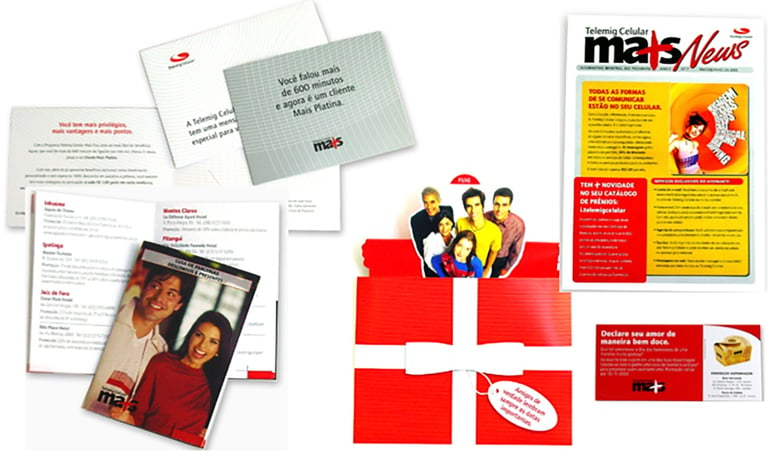

TELEMIG CORPORATE
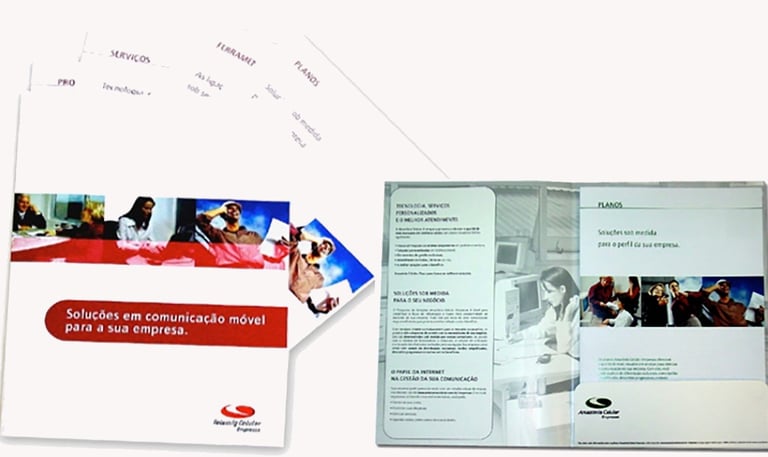

AMERICANAS.COM
We were chosen to launch Americanas.com in 2003 because of our retail experience, the best in the market.
At the time, the benchmark was Submarino, which wasn't yet part of the same group. We created a dynamic for promoting the store's offers at a much faster pace than usual. We also created some of the most successful campaigns, such as "Moleza do Dia" (Molleza do Dia) and "Offers with Countdown" (Offers with Countdown), and we helped define the dynamics of online retail at the time. Nearly 20 new banners were produced every day, and the success of "Moleza do Dia" was so great that customers clicked more and bought more, even when the offer was bad.
But the main success story for Americanas.com was the introduction of the first intelligent advertising campaign. Basically, even though it was 2003, we implemented a campaign that tracked users and defined the offers to be presented based on their browsing history. There were different offers for men, women, and also according to the type of content on the site: toys, electronics, appliances, etc. The entire set of offers was planned and presented intelligently and dynamically. In addition to increasing sales by 30% during the period, the campaign's intelligence allowed us to define two metrics that began to guide all online retail: only 7% of sales were generated directly by advertising, meaning 93% of customers ended up researching before deciding, and those who saw ads spent on average 25% more than those who didn't. These figures, overall, still hold true today.

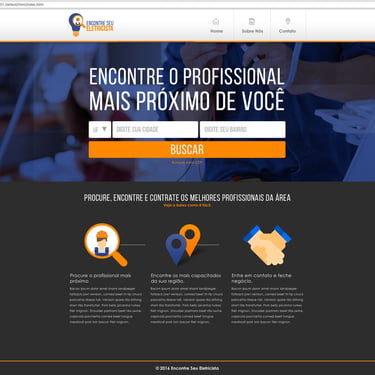
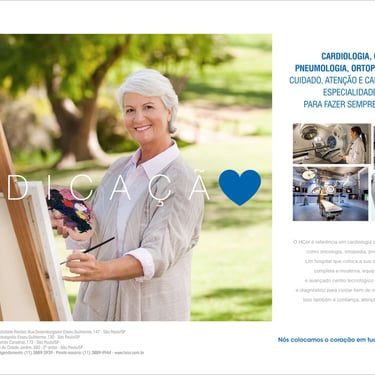
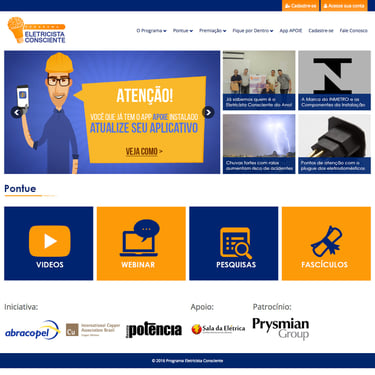
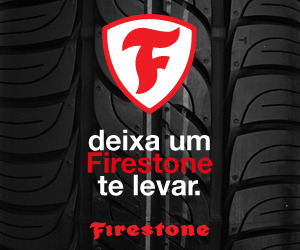
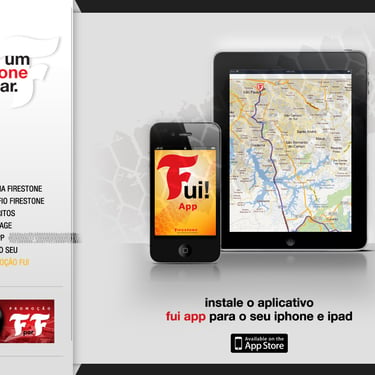
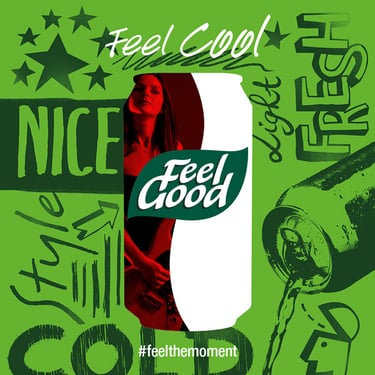
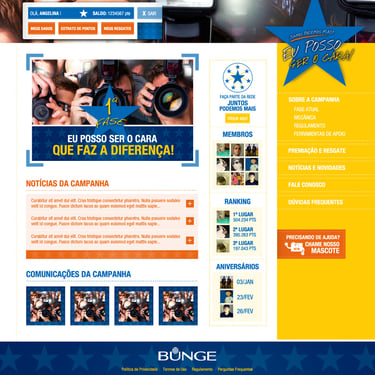

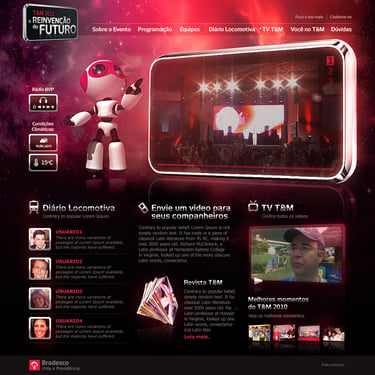
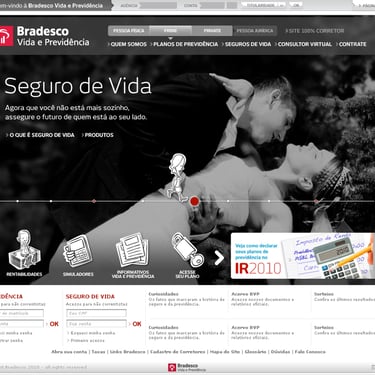
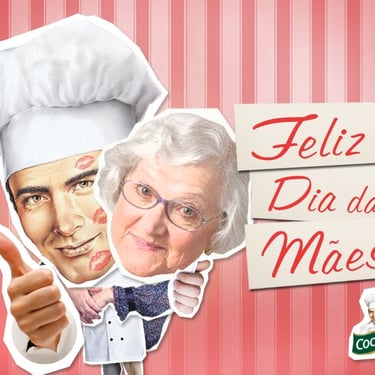
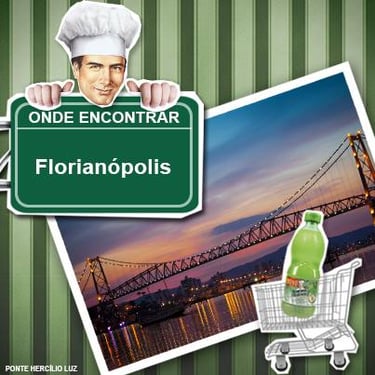
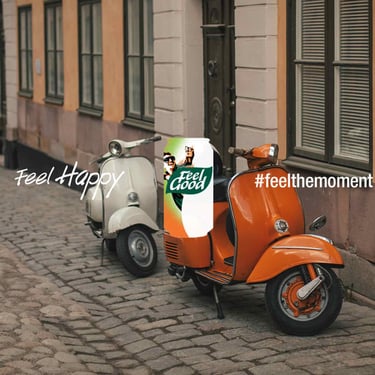
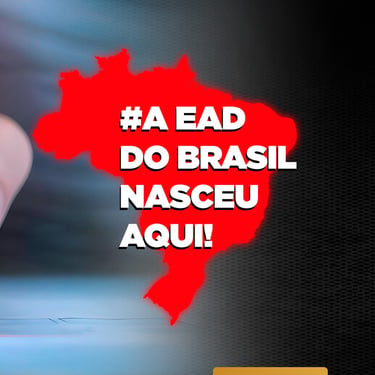
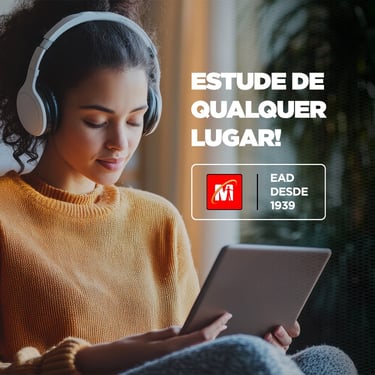
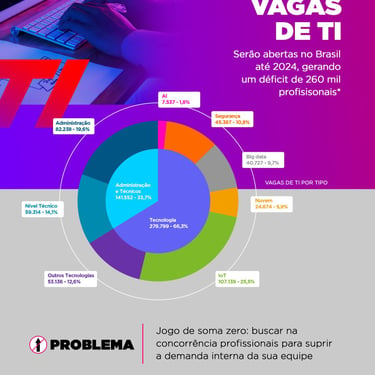
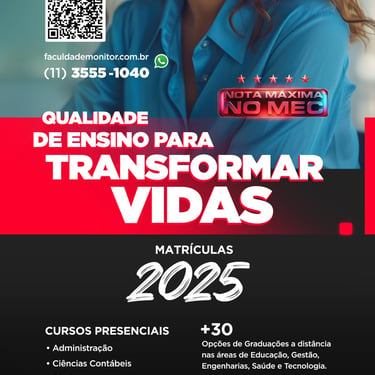
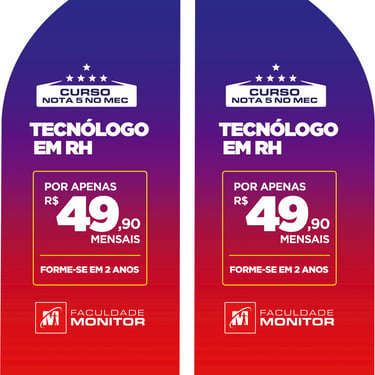
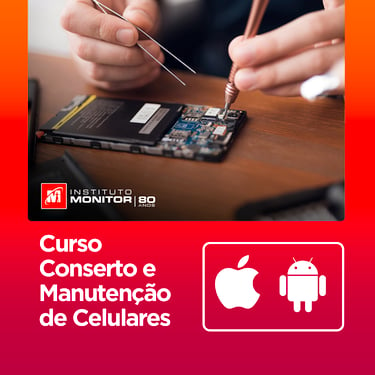
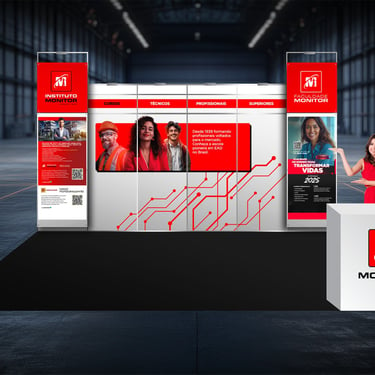
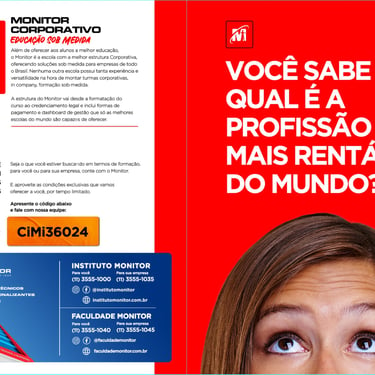
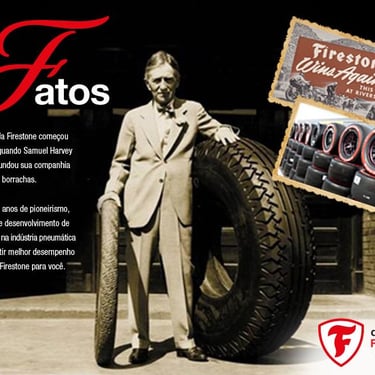
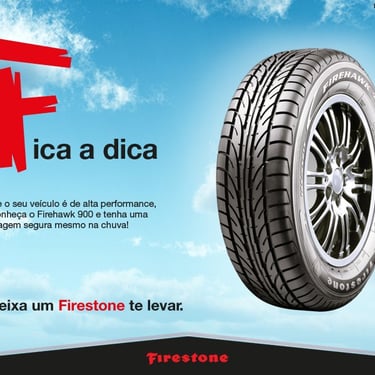
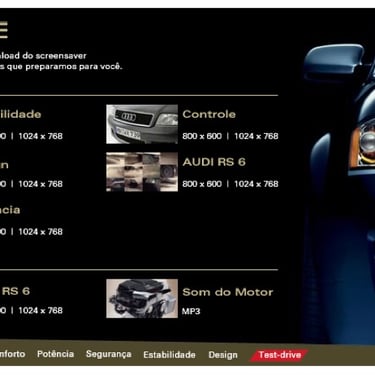
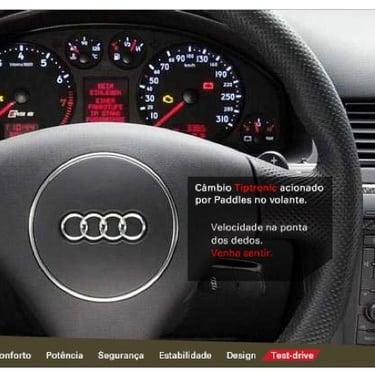
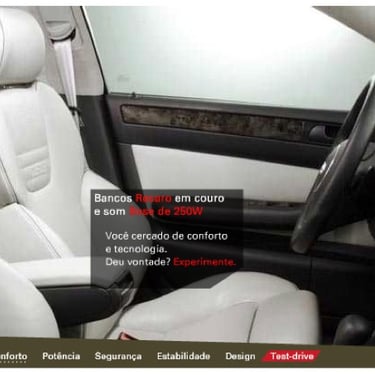
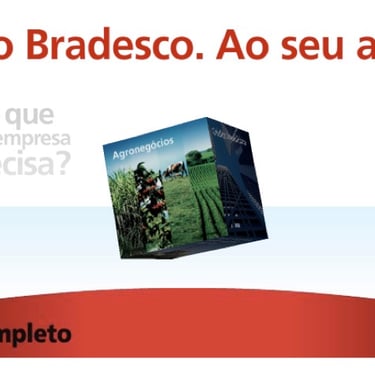
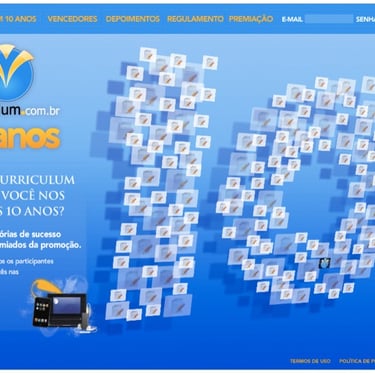
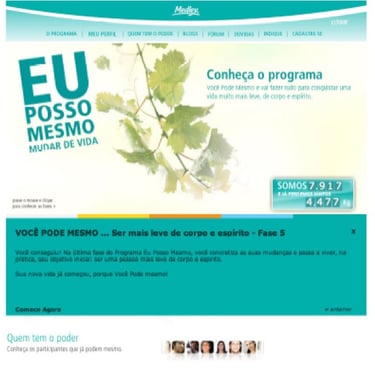
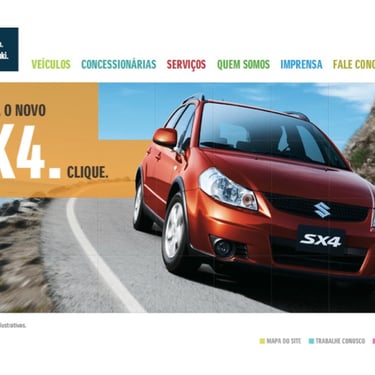
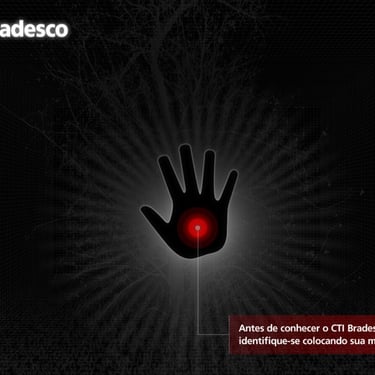
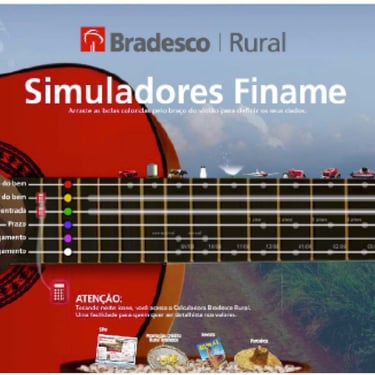
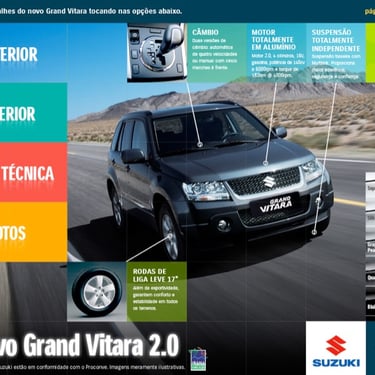
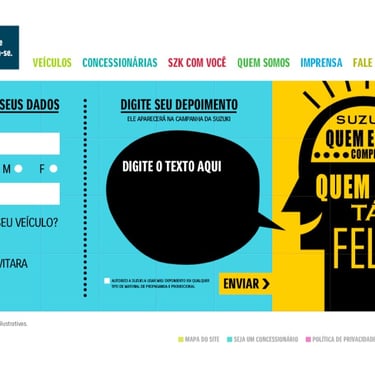
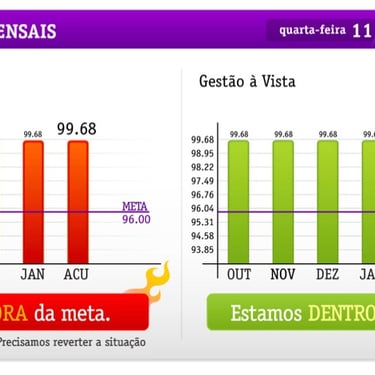
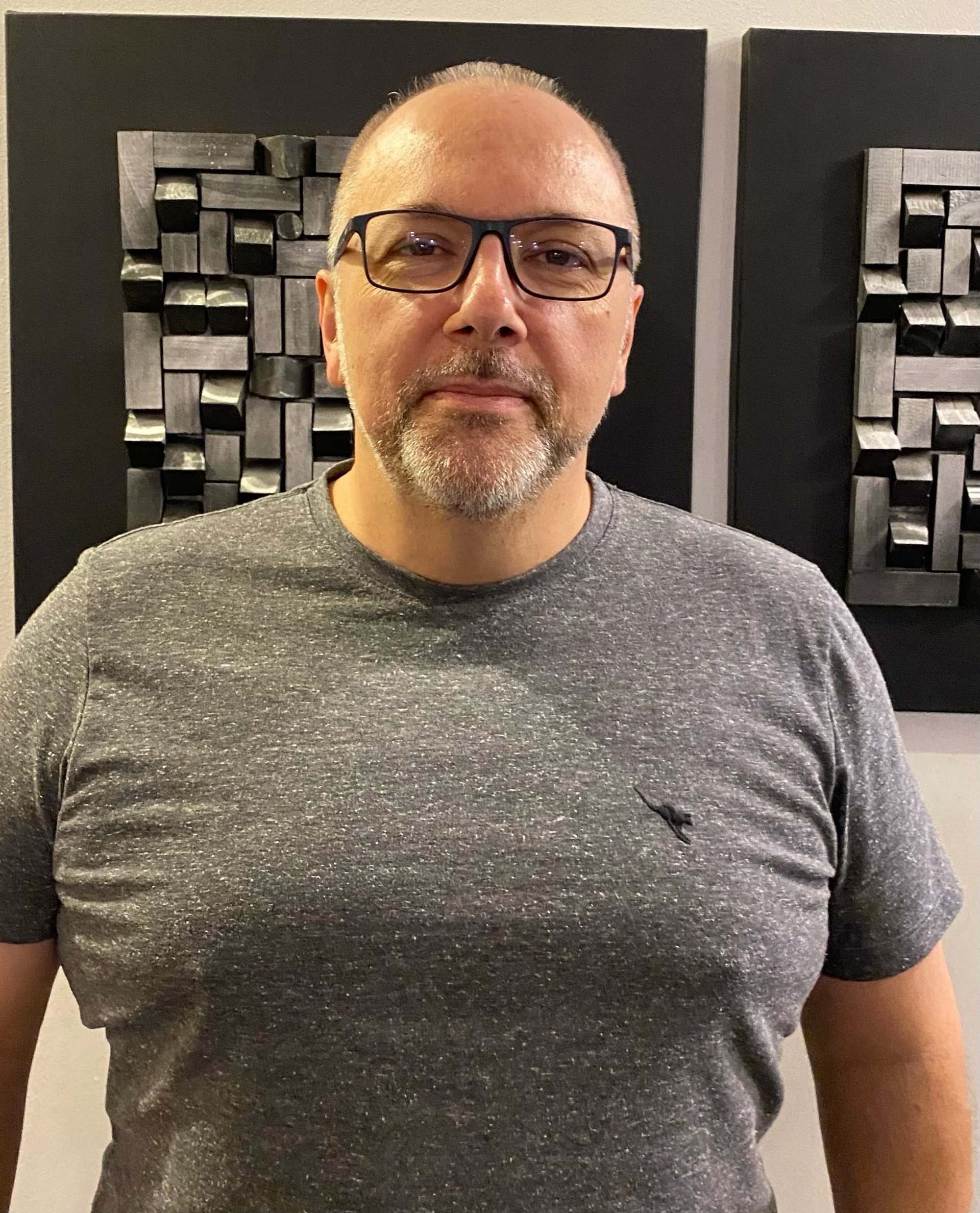
O portfólio é incrível, reflete bem suas habilidades e experiências. Recomendo a todos!
João Silva

Trabalho excepcional! O currículo e os cases demonstram claramente suas habilidades e dedicação ao que faz.
Maria Lima

★★★★★
★★★★★

Campaign ROI and ROAS
I've created a handy calculator for digital marketing campaigns that lets you calculate the return on a defined investment based on premises or market history. Click the button below and use it without restrictions.
